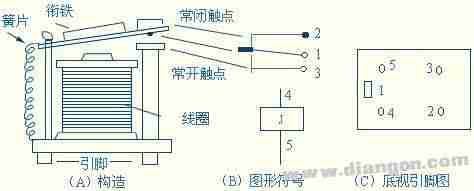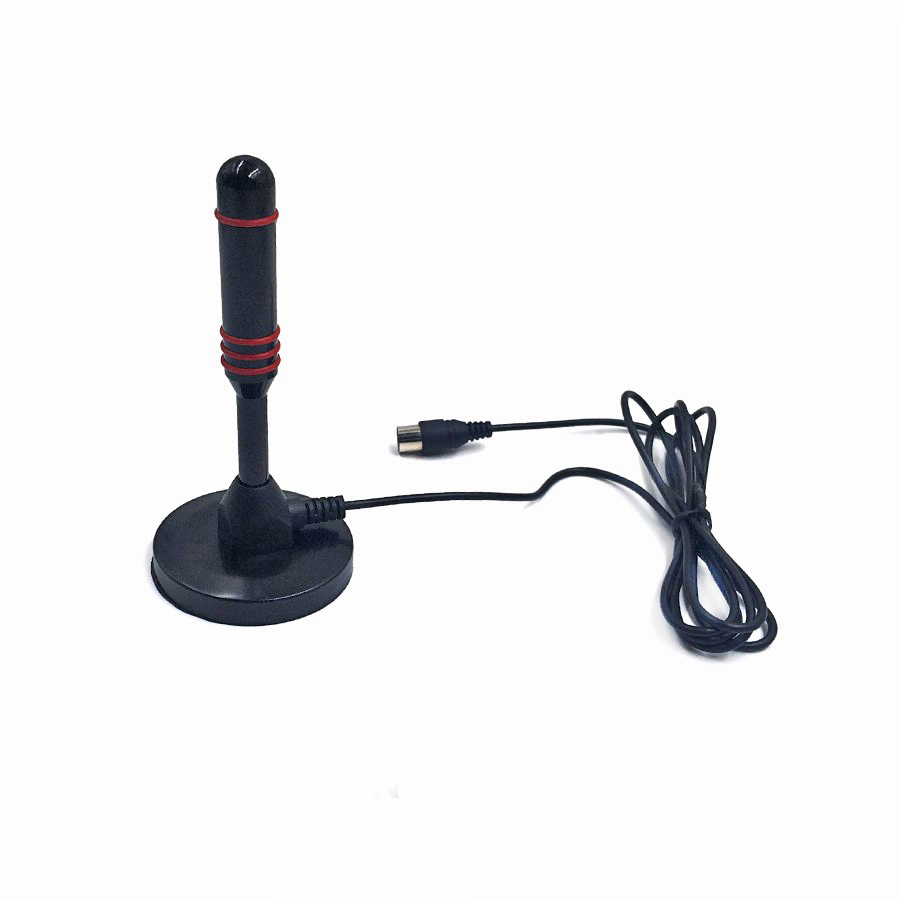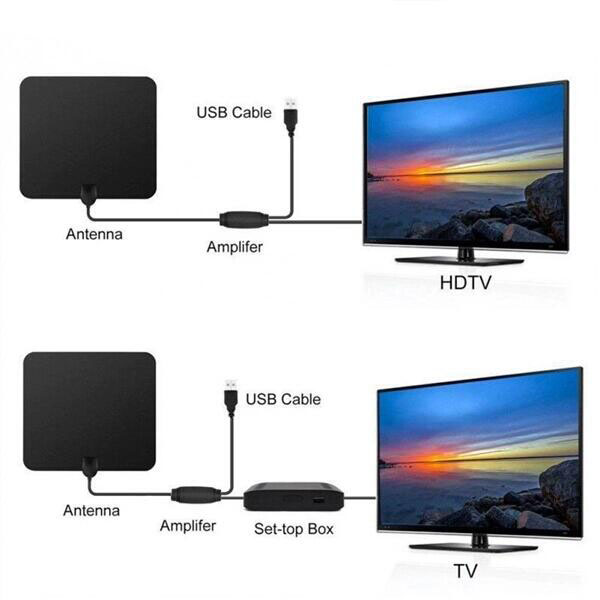a. To check the resistance of a relay coil, you can use a multimeter set to the R×100 range. For example, the 4098 (6V) relay typically has a coil resistance of around 100 ohms. If the meter shows an infinite resistance, it means the coil is open and damaged. On the other hand, if the resistance reads zero, the coil is shorted and should not be used.
b. Apply a DC voltage across pins 4 and 5 of the relay coil. Gradually increase the voltage until you hear a "click" sound, which indicates that the armature has been pulled in. This voltage is known as the pull-in voltage, and it should be lower than the operating voltage. Once the relay is activated, slowly reduce the voltage until the armature releases. The release voltage is usually about one-third of the pull-in voltage. If this ratio is not met, the relay may not function reliably.

In addition to testing the coil, it's also important to verify the relay's contact performance. You can do this by using a multimeter to check for continuity between the contacts when the relay is activated and when it’s not. A good relay should show no continuity when inactive and full continuity when activated. If there's any inconsistency or poor contact, the relay may need to be replaced. Always make sure to power off the circuit before performing any tests to avoid damage to your equipment or risk of electric shock.
-
The Description of TV Antenna
In the cable TV system, the task of the antenna is to receive the open channel TV signal or satellite TV signal in the air, and send it to the system for processing, transmission and distribution. Among them, the antennas receiving VHF and UHF open-circuit TV signals are called TV receiving antennas.
TV receiving antenna is an important part of wireless TV signal receiving, and it is the gate for radio waves to enter the CATV system. There are two kinds of antenna: passive antenna and active antenna. The active antenna can make the antenna system realize high gain and high signal-to-noise ratio receiving.
The TV antenna plays a pivotal role in capturing the television signals that are broadcast over the airwaves, ensuring seamless transmission and distribution within the cable TV system. Its primary function is to efficiently receive both VHF (Very High Frequency) and UHF (Ultra High Frequency) open-circuit TV signals, which carry the audio and video content that viewers enjoy on their television sets.
There are two main types of TV receiving antennas: passive and active. Passive antennas are straightforward devices that simply collect the incoming radio waves and pass them along to the cable TV system for processing. They do not require any external power source to operate and are generally more cost-effective.
On the other hand, active antennas incorporate built-in amplification circuitry, which significantly enhances their performance. This amplification boosts the signal strength, allowing the antenna to achieve a higher gain and a better signal-to-noise ratio. This means that active antennas can more effectively capture weaker signals from distant broadcasters or in areas with significant signal interference, providing a clearer and more stable television viewing experience.
Both types of antennas are designed to be directional, meaning they are optimized to receive signals from a specific direction. This directional characteristic allows them to focus on the strongest signal source, minimizing interference from other signals or noise. In practice, this means that the antenna needs to be installed and aligned correctly to point towards the television broadcast tower or satellite, ensuring optimal signal reception.
In summary, the TV antenna is a critical component in the cable TV system, serving as the gateway for radio waves to enter and be processed for distribution. Whether passive or active, these antennas are engineered to efficiently capture television signals, enabling viewers to enjoy high-quality audio and video content from their favorite broadcasts.
- The Picture of TV Antenna


TV Antenna Outdoor,TV Antenna Indoor,TV Antenna at best buy,TV Antenna Booster,TV Antenna Amazon
Yetnorson Antenna Co., Ltd. , https://www.yetnorson.com